In a recent exclusive interview with Karen Civil, an American social media and digital media marketing strategist, Gary Vaynerchuk, also known as Gary Vee, narrated extensively the roadmap of non-fungible tokens and decentralized autonomous organizations (DAOs).
DAO has no employees, no boss, no headquarters, and no place you can call or talk to somebody to complain. According to Gary Vee, it’s just a DAO.

Unlike other organizations, DAO uses the 62 Code model of operation. During the interview, Gary Vee cited a perfect example of how a DAO operates. He highlighted three DAO members with equal rights to vote and participate in the space.
Nonetheless, he maintained that not every decentralized autonomous organization needs an NFT or a crypto token. Either way, an NFT holder with X amounts of NFTs may have a certain level of voting power.
Alternatively, a certain amount of NFTs offers an individual some specified level of voting power. This model governs an organization uniquely unlike anything the world has seen before.
Gary Vee delved further and explained that DAO could feature more than just three members in them, stating that they would even hold thousands members. While responding to whether an individual with high voting power would hold certain ranks in DAO, Vee maintained that DAOs operate differently.
Unlike in traditional hierarchies, where the bottom to up have an employee, a manager, a director, a vice president, a president, a CEO, and a chairman, in DAOs, there is none of such in existence.
Moreover, DAOs use code instead of leaders, which makes a paradigm shift of algorithms and smart contracts replacing traditional corporate structures. These innovations are self-executing in various ways.
Smart contracts are today automated and can perform more commands. Vee cited that smart contracts can be helpful to freelancers speeding up to finish the timely assignment that needs to be delivered to their clients.
The smart contract can generate itself, executes responses, and get paid immediately. This model is advantageous compared to the traditional strategy that features over 30 days of delay in accounting before content creators finally get paid.
At the moment, Ethereum, the second leading digital asset protocol in market capitalization, is the leading platform for both NFTs and DAOs. Although Ethereum was the first existing smart contract platform, the protocol allows participants to execute code freely.
It fixes many problems currently experienced in the rapidly growing digital realm. It got rid of the need for trust and intermediaries. Remarkably, many businesses are increasingly adopting smart contracts to execute more tasks within their firms.
In addition, DAO continues mitigating fraud since every detail is recorded on the blockchain and programmed into the code. In DAOs, NFTs holders are renowned, and the vote they correspond, making the model undeniable and trustless. That is the future way of voting in an organization.
The entrepreneur has further described DAO as a driverless car, driving around town alone. No one can determine its next move or location that it is going to pass. DAOs will only execute commands proposed by NFTs holders. The DAO has brought a community component to NFTs projects, where participants can collaborate and contribute to the project.
Gary Vee has advised that institutions intending to create a DAO should ensure they have a proper legal governance framework. Billionaire Andreessen Horowitz has set a perfect example of a legal framework that now anyone can use to learn.
Better NFTs Roadmaps
While establishing a non-fungible token project, better legal governance framework is essential. A roadmap demonstrates how a project is necessary for a long-term plan. Moreover, it shows ultimate care for the project and confirms that the NFT project is not a money grab.
According to Vee, there are a lot of NFT projects that are quick money grabs. Many rogue investors are greedy at establishing NFTs to lure people, make millions, and then run out. Vee has strongly condemned that act, stating that it is not good for the community.
Better roadmaps lay a good foundation for where the projects anticipate reaching. For instance, an individual or institution may decide we are doing this in Q1 and in Q2 we are doing that and that in 2023 we shall perform a specific task.
An institution composing ideas of what it’s aspiring to do at any given time shows its community that the project that it is working on is not a scam. In most cases, many legit-looking fake projects have enormous audiences but have delivered nothing. Most of these projects lure funds and run. According to Vee, many legit big projects in 2022 will have better roadmaps.
More interestingly, projects will not only have better frameworks moving forward but also more utility beyond the artwork. In the meantime, there are already various NFTs projects with better capabilities than the first generation. Many projects are today exploring more NFTs use cases in gaming and Metaverse.
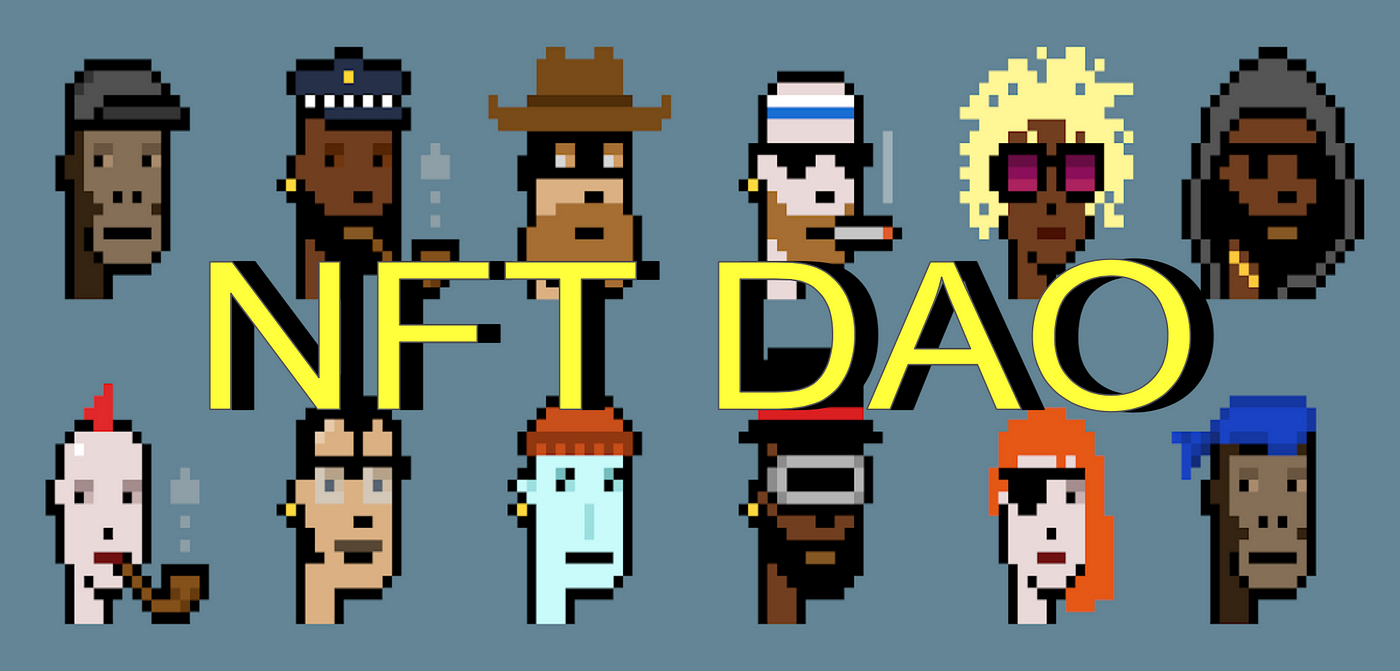
Takeaways
An investor should invest only in NFTs projects where the community is renowned and properly organized. According to Vee, interested participants can go to social media profiles and thoroughly evaluate whether top leaders, including executives and lead developers, are public and active. Nonetheless, participants must be cautious since many fake NFTs hide behind avatars and fake names.
Before summarizing, Vee noted that many investors are looking forward to launch or invest in non-fungible tokens (NFTs). He highlighted that many people might not be conversant to any investor or business. Nonetheless, NFTs have an element of loyalty and ownership that could attract many more investors and speculators. Vee has advised that all interested investors should not miss on what can be a valuable opportunity.

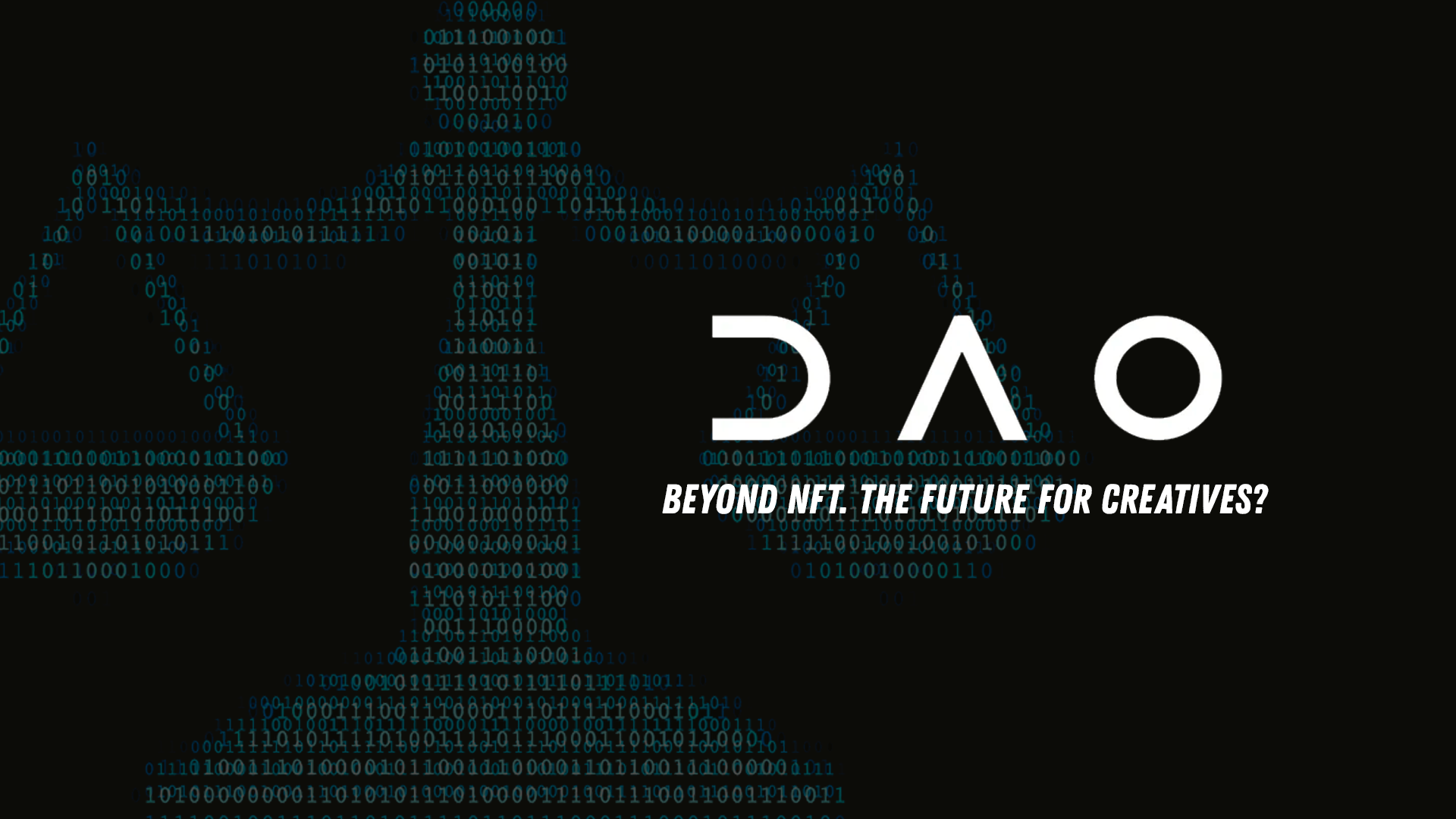
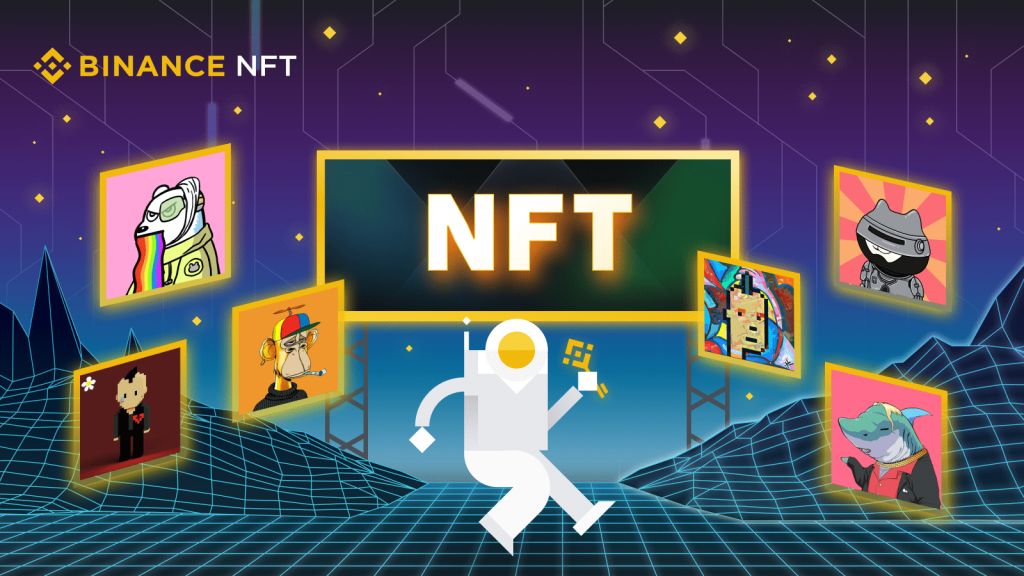
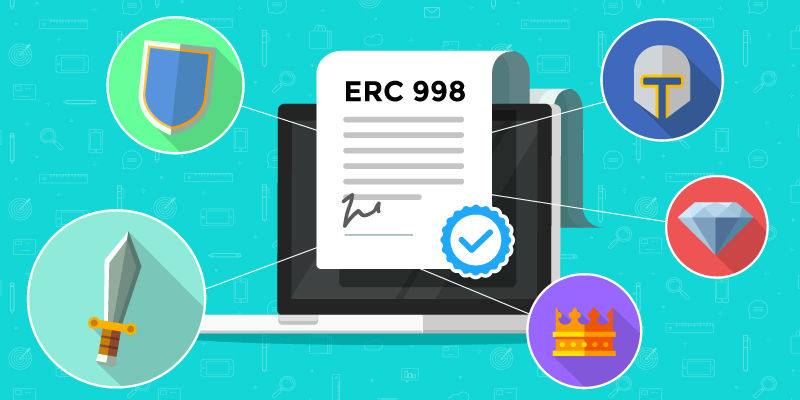
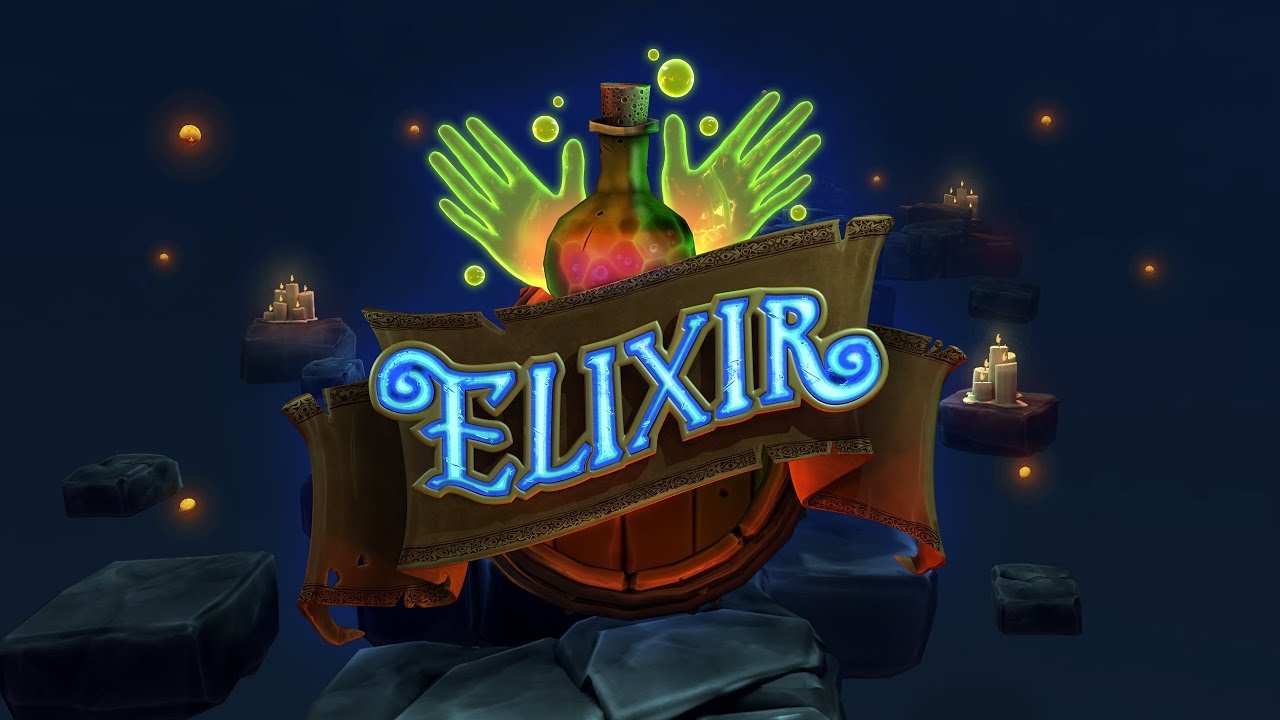
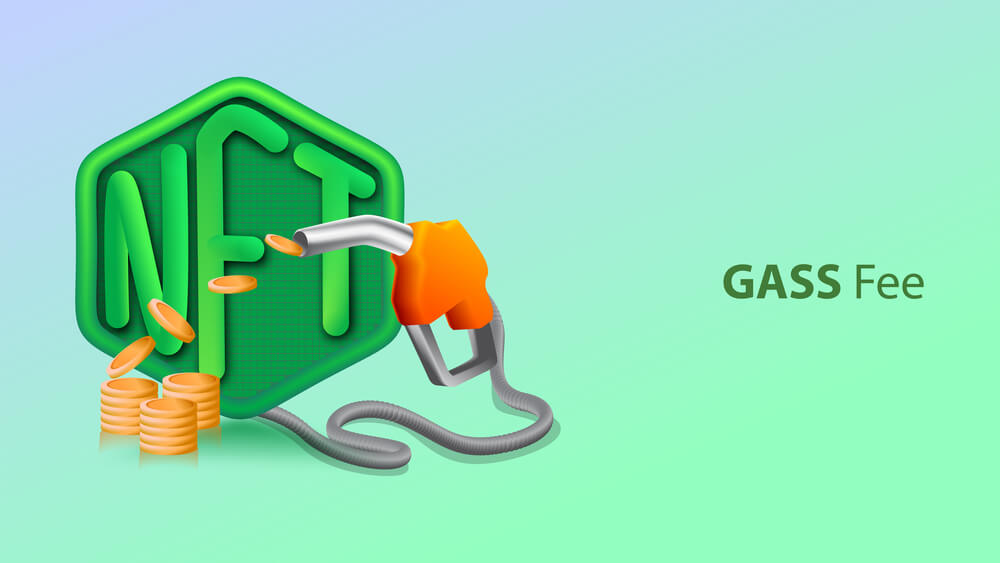
1 comment